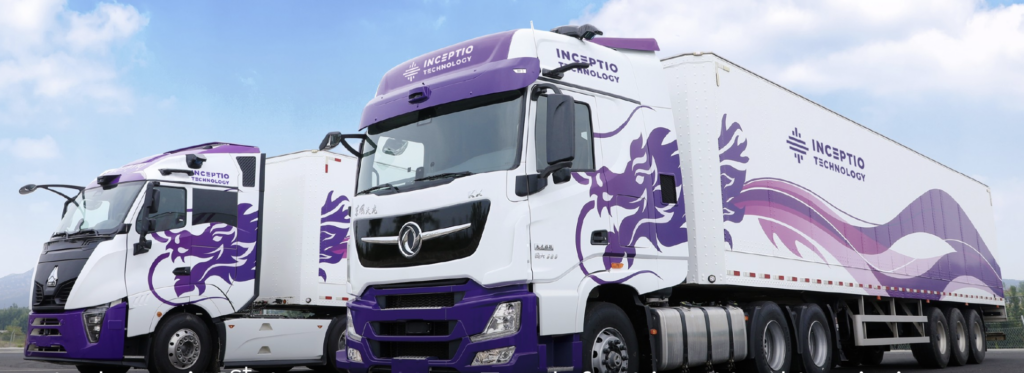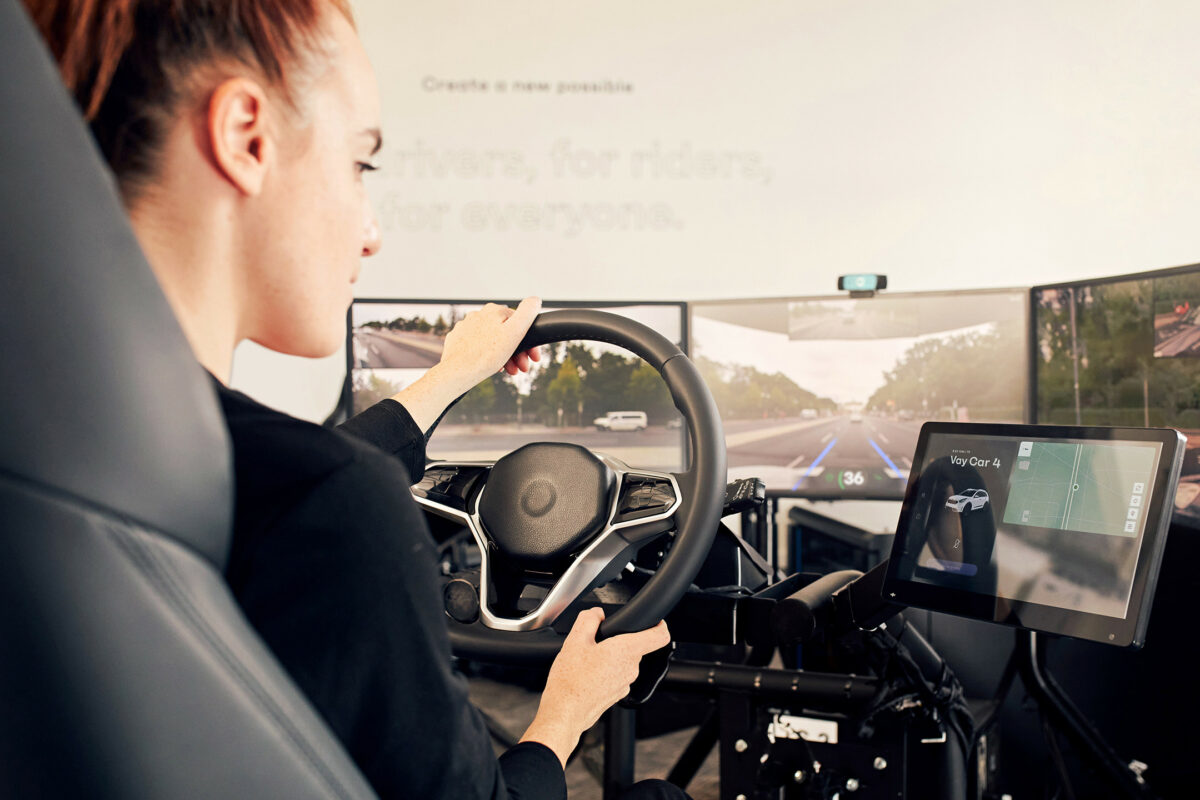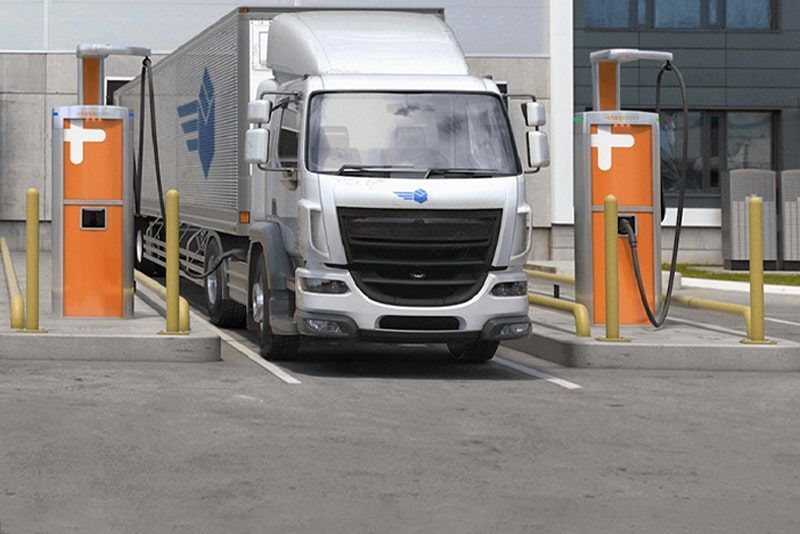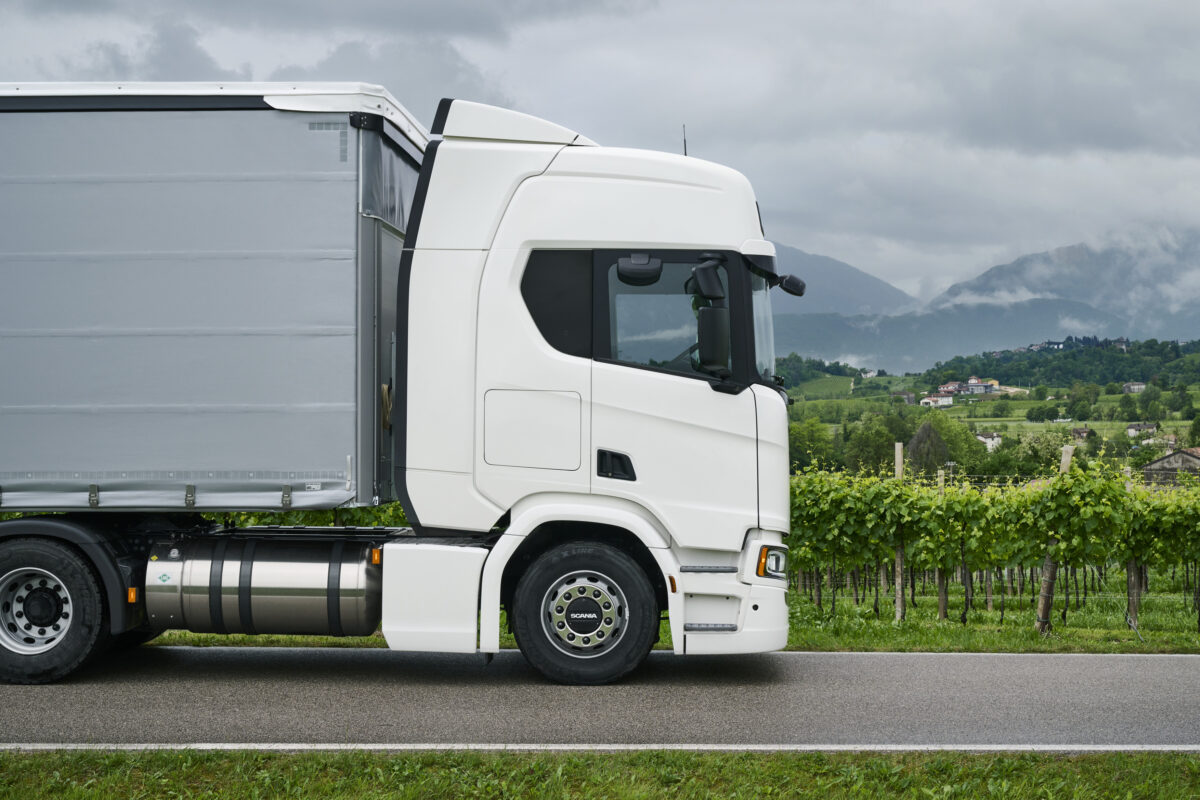Expectations for autonomous vehicles have been recalibrated over the last few years, with a shift in predictions for the arrival of fully driverless technology and the high interest rate environment impacting a number of players in the global market. In China, however, there has been a renaissance in a particular market segment: L3 and L2+ autonomous heavy-duty trucks. Companies have already racked up millions of kilometers of accident-free driving across China with some of the biggest names in logistics, representing the most extensive mass production and commercial usage of L3 autonomous heavy-duty trucks on public roads anywhere in the world.
These are more than just technology trials—they are part of rational business decisions made by some of the most profit margin-focused companies in the world. There are a few major reasons why we are seeing this early adoption occur in China, and why Europe may not be far behind.
Staying focused on L3, building towards L4
Some autonomous vehicle companies have struggled in the recent economic environment because they focused on prototypes and fully driverless trucks, rather than L3 products that can be commercially viable much sooner.
Despite fundamental optimism about the exciting advances in autonomous driving technology, it is important to explore building a viable L3 product first, before committing to L4. In addition, autonomous truck technology companies must not only get buy-in from VC investors, but also OEMs and logistics companies to ensure the best possible outcome for the business.
Mastering mass production
OEMs understand the complexity and cost pressures of heavy-duty truck manufacturing better than anyone. In addition to developing great autonomous driving software, leaders in this space will need to also develop expertise on the integration of software and hardware. The truck, not the autonomous driving system, is the ultimate end product, and that means the teams developing autonomous truck systems need be intimately familiar with vehicle design, chassis engineering and electrical systems.
OEMs and logistics companies are more likely to be persuaded by a product that can be manufactured at scale, to solve their commercial challenges, rather than a one-off prototype.

Delivering commercial benefits
Logistics is a highly competitive low-margin business. Freight and express companies in China won’t procure a new vehicle just because it’s technologically advanced; it needs to make business sense and give them an edge against their competitors.
One unique feature of China’s logistics industry is that many companies typically assign two drivers to each truck for line-haul routes. This allows the drivers to take shifts driving, minimising fatigue and ensuring safety while meeting tight shipping schedules. Because L3 and L2+ autonomous trucks are much less physically and mentally exhausting for drivers, companies have been able to shift to one driver per truck on the same routes, generating significant labor savings.
Fuel savings are another major benefit, with these autonomous driving systems being able to unlock significant reductions across large fleets. This is especially important for logistics companies that typically have net margins no greater than 5%.
Europe’s pressing need for truck automation
China may have a lead in terms of real-world L3 and L2+ autonomous truck deployment, but other regions are likely to be close behind. Europe is a prime candidate. According to the IRU, the continent’s driver shortage is “spiralling out of control”, with 30% of current drivers set to retire by 2026.
While the two-driver system is not as common in Europe, logistics companies can still benefit from L3 and L2+ autonomous driving technology by transitioning full-fledged drivers to safety operators who enjoy a much safer and very comfortable experience co-piloting with the autonomous driving system. And fuel-saving algorithms will ensure that they get maximum efficiency regardless of the experience level of the safety operator. These cost savings can help a trucking and logistics sector that continues to contend with the significant inflationary pressure in European economies.
ESG considerations are also likely to play a major role in driving adoption in Europe. According to a report on ESG challenges for the auto industry published by Deloitte Germany earlier in 2023, climate change represents the leading risk to companies in the sector and sustainability is an increasingly important consideration in procurement decisions. OEMs, logistics companies, and fleet managers face ESG pressures from regulators, employees, and civil society. To satisfy these constituencies, OEMs and fleet operators must show that they are embracing advanced technology to curb emissions.
The L3 and L2+ autonomous driving systems for heavy-duty trucks now being honed on China’s highways are highly transferable to new geographies
Electrified heavy-duty trucks have yet to be commercialised on a large scale, but the proven fuel efficiency advantages of L3 and L2+ autonomous driving technology can be leveraged by Europe’s freight and express fleets in the near-term to help contribute towards the continent’s ambitious emissions reduction goals.
Another key ESG factor is employee welfare, particularly in a trucking sector beset by labor shortages. As manpower in the sector is strained in the years to come, it is crucial to reduce the physiological and psychological burden on drivers to protect their health and wellbeing. First-of-their-kind real-world studies in China show that the L3 and L2+ autonomous driving technology currently being deployed on the nation’s highways accomplishes this by reducing both physical and mental stress on truck operators.
Highly transferable technology
The good news for European OEMs and fleet operators is that the L3 and L2+ autonomous driving systems for heavy-duty trucks now being honed on China’s highways are highly transferable to new geographies.
Given the cadence of OEM new model development and vehicle procurement in the logistics industry, it is critical for autonomous driving solutions to be highly adaptable to new truck models in a short period of time. This is already happening in China, with autonomous technology being adapted to a range of truck models in just nine to 12 months.
Autonomous driving capabilities offer the solutions to some of the biggest challenges facing European truck OEMs and logistics companies today, and the requisite technology is already available for commercial deployment. What is needed to make these solutions a reality, as in China, will be autonomous tech companies with a willingness to roll up their sleeves to work with OEMs on hardware and manufacturing.
About the author: Julian Ma is founder and CEO of Inceptio Technology



